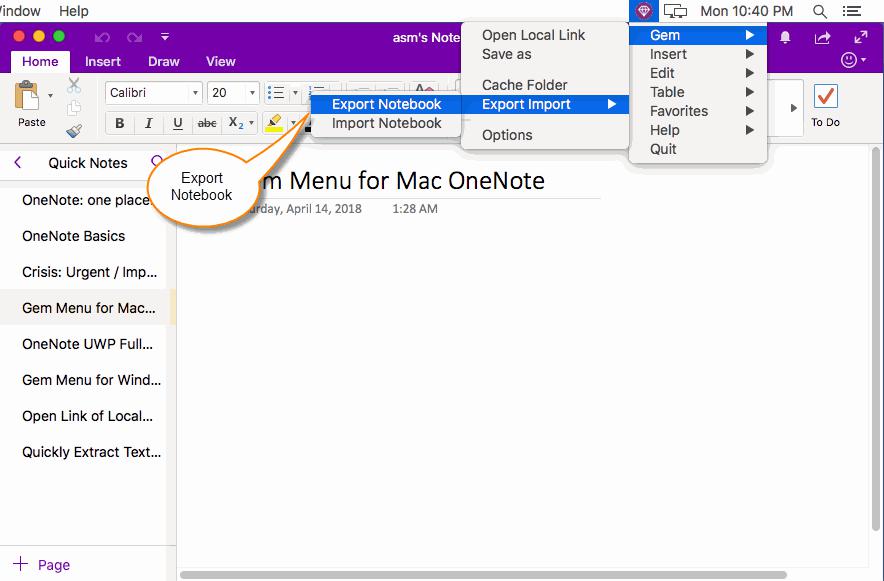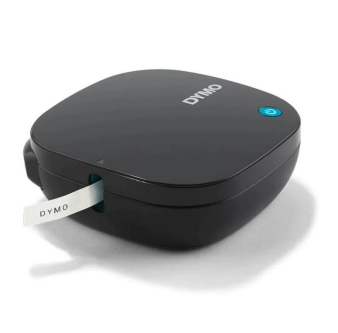Why Jupyter Notebook is so popular among data scientists
Born out of IPython in 2014, Jupyter Notebook has seen an enthusiastic adoption among the data science community, to an extent where it has become a default environment for research. By definition, Jupyter is a free, open-source interactive web-based computational notebook. Computational notebooks have been around for several years; however, Jupyter, in particular, has exploded in popularity over the past couple of years. This nifty tool supports multi-language programming and therefore became the de facto choice for data scientists for practising and sharing various codes, quick prototyping, and exploratory analysis.
Although there is no dearth of language-specific IDEs (Integrated Development Environments), such as PyCharm, Spyder, or Atom, because of its flexibility and interactiveness, Jupyter has exploded in popularity among data scientists. Jupyter Notebook has also gained massive traction within digital humanities as a pedagogical tool. According to an analysis by GitHub, it has been counted that more than 2.5 million public Jupyter notebooks were shared in September 2018, which is up by 200,000 counted in 2015. So before we delve deeper into the features and advantages of Jupyter, and why it is considered to be the best platform for data scientists, we would discuss what a Jupyter Notebook is.
REGISTER>>
What Is A Jupyter Notebook?
An indirect acronym of three languages — Julia, Python and R — Jupyter Notebook is a client-based interactive web application that allows users to create and share codes, equations, visualisations, as well as text. The notebook is considered as a multi-language interactive computing environment, which supports 40+ programming languages to its users. With Jupyter Notebook, users can bring in data, code and prose in together to create an interactive computational story.
Whether to analyse a collection of written text, creating music or art or to develop engineering concepts, Jupyter Notebook can combine codes and explanations with the interactivity of the application. This makes it a handy tool for data scientists for streamlining end to end data science workflows.
The Jupyter Notebook can be installed using the Python pip command. And, if using Anaconda, then it gets automatically installed as part of the Anaconda installation. It is combined of three components — the notebook application, kernels, and notebook documents. The notebook web application is used for writing and running codes in an interactive way, however kernels controls the system by running and introspecting users’ codes. And thirdly, notebook documents are the self-contained documents of all the contents visible in the notebook. Each document in the notebook has the kernel that controls it.
According to Lorena Barba, a mechanical and aeronautical engineer at George Washington University in Washington DC for — data scientists, Jupyter has emerged as a de-facto standard.
Purpose of Jupyter Notebook
Data Cleaning
Statistical Modelling
Training ML Models
Data visualisation
What Makes Jupyter Notebook The De Facto Choice
Due to the rising popularity of open-source software in the industry, along with rapid growth of data science and machine learning the Jupyter Notebook has become ubiquitous among data scientists. Apart from supporting multi-language programming, this interactive web-based computing platform also supports Markdown cells, allowing for more detailed write-ups with easy formatting. With Jupyter, the final product can be exported as a PDF or HTML file, which can be presented on a browser or can be shared on sites like GitHub. Jupyter Notebooks are saved in the structured text files — JSON (JavaScript Object Notation) — which makes it extremely easy to share.
Fernando Pérez, the cofounder of Jupyter once said, that growth of Jupyter is due to the improvements that were made in the web software, which drives applications such as Gmail and Google Docs and the ease with which it facilitates access to remote data which might otherwise be impractical to download. The maturation of scientific Python and data science is another reason for this platform to gain traction.
Additionally, Jupyter Notebooks have played an essential role in the democratisation of data science, making it more accessible by removing barriers of entry for data scientists.
Benefits
Although Jupyter has been developed for data science applications, which are written in languages like Python, R and Julia, the platform is now used in all kinds of ways for projects. Apart from that, by removing the barriers for data scientists, Jupyter made documentation, data visualisations, and caching a lot easier, especially for hardcore non-technical folks.
A data science enthusiast said, “Jupyter Notebook should be an integral part of any Python data scientist’s toolbox. It’s great for prototyping and sharing notebooks with visualisations.”
So, let’s explore some of the benefits.
Exploratory Data Analysis:

Jupyter allows users to view the results of the code in-line without the dependency of other parts of the code. In the notebook, every cell of the code can be potentially checked at any time to draw an output. Because of this, unlike other standard IDEs like PyCHarm, VSCode, Jupyter helps in in-line printing of the output, which becomes extremely useful for exploratory data analysis (EDA) process.
See Also
Developers Corner
Hands-On Guide To Weights and Biases (Wandb) | With Python Implementation
Easy caching in the built-in unit:
Maintaining the state of execution of each cell is difficult, but with Jupyter, this work is done automatically. Jupyter caches the results of every cell that is running — whether it is a code that is training an ML model or a code that is downloading gigabytes of data from a remote server.
Language Independent:
Because of its representation in JSON format, Jupyter Notebook is platform-independent as well as language-independent. Another reason is that Jupyter can be processed by any several languages, and can be converted to any file formats such as Markdown, HTML, PDF, and others.
Data Visualisation:
As a component, the shared notebook Jupyter supports visualisations and includes rendering some of the data sets like graphics and charts, which are generated from codes with the help of modules like Matplotlib, Plotly, or Bokeh. Jupyter lets the users narrate visualisations, alongside share the code and data sets, enabling others for interactive changes.
Real-time interaction with the code:
Jupyter Notebook uses “ipywidgets” packages, which provide standard user interfaces for exploring code and data interactivity. And therefore the code can be edited by users and can also be sent for a re-run, making Jupyter’s code non-static. It allows users to control input sources for code and provide feedback directly on the browser.
Documenting code samples:
Jupyter makes it easy for users to explain their codes line-by-line with feedback attached all along the way. Even better, with Jupyter, users can add interactivity along with explanations, while the code is fully functional.
Outlook
Combining all the benefits mentioned above of Jupyter Notebook, the key point that emerged is that using Jupyter is an easy way of crafting a story with data. Today, Jupyter has transformed completely and grown into an ecosystem where it comprehends — several alternative notebook interfaces like JupyterLab and Hydrogen, interactive visualisation libraries and tools compatible with the notebooks.
What Do You Think?
Join Our Telegram Group. Be part of an engaging online community.
Join Here
.
Subscribe to our Newsletter
Get the latest updates and relevant offers by sharing your email.
Latest: Why you should use Jupyter Notebooks
Next: Why don't I use Jupyter notebook and neither should you








